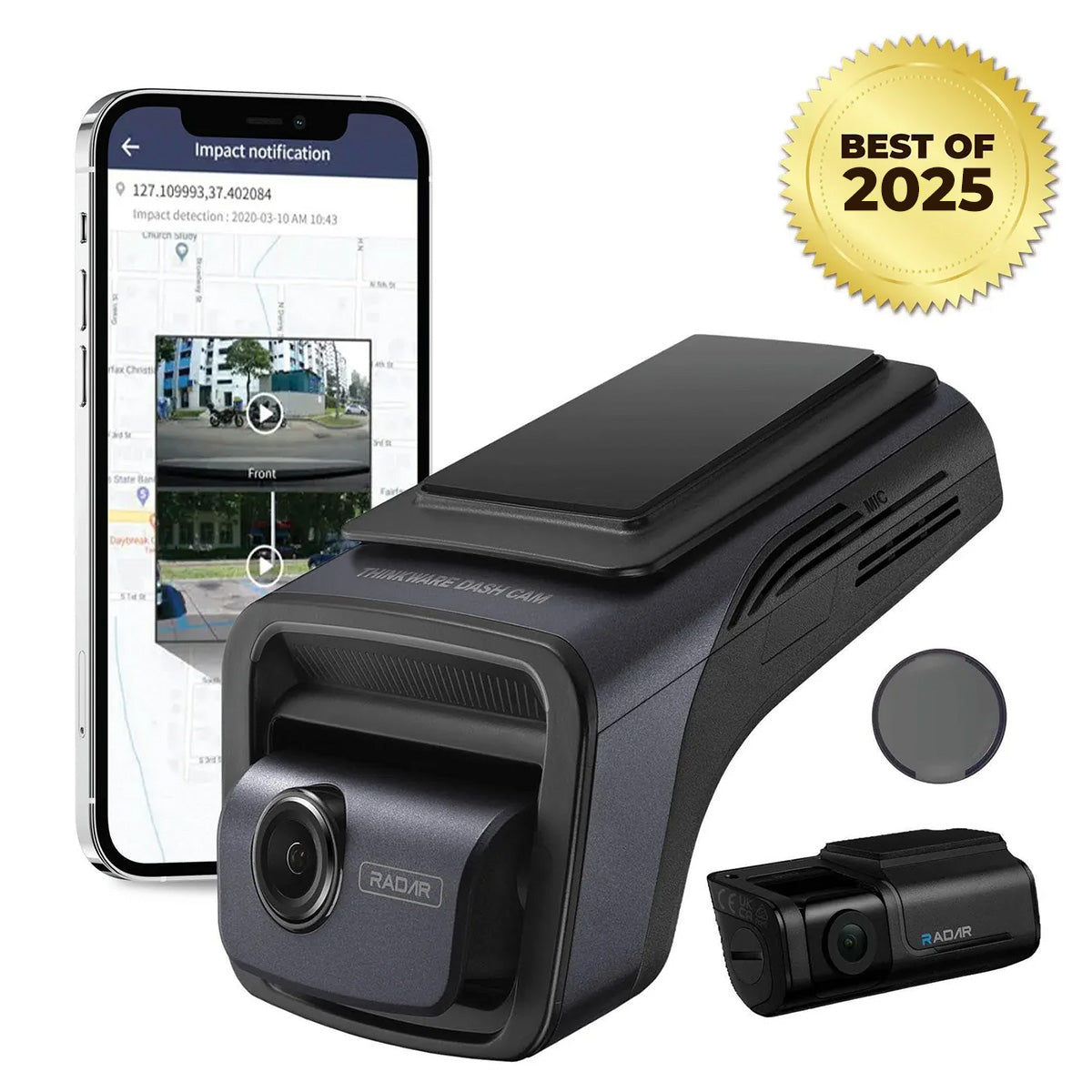When Thinkware first informed us about the launch of the new Thinkware U3000, admittedly, we felt a mix of emotions towards the news. Sure, we got really excited since we’re finally getting the most advanced dash cam in the market, but we also thought about its worthiness to replace the U1000. Will it be truly worth it?
It’s because for the past four years, the U1000 has been BlackboxMyCar’s holder of the ‘Best Dash Cam of the Year’ title - and a personal favorite for our team members, too. Check out our YouTube channel and you’ll see a lot of videos featuring the U1000 – from installation videos, sample footage, in-depth reviews, follow-up reviews, comparison reviews, and even experimental features such as installing two Thinkware U1000s for a four-channel dash cam! Fun times!
Obviously, we loved the Thinkware U1000 like crazy! And now that we’re finally getting the Thinkware U3000 to replace it, we’re diving to the core reasons why the U3000 is more worthy to wear the U1000’s crown – and we want to share all of them with you.



